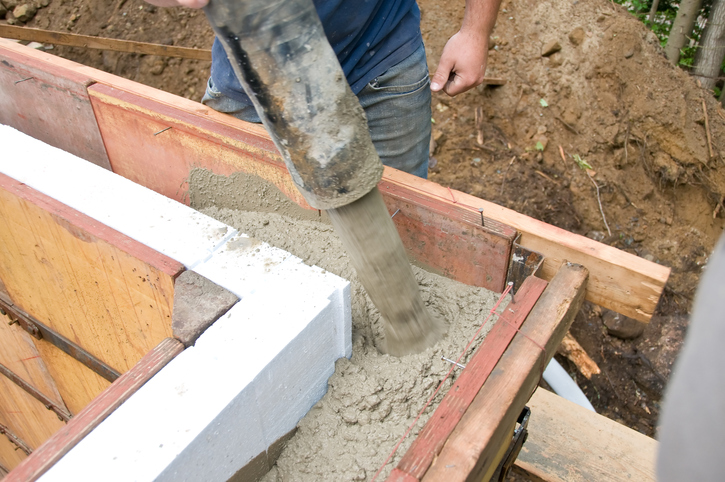Understanding Concrete Segregation

Working with concrete is a much more subtle craft than many people realize. Unless a variety of different tasks are accomplished correctly, the result may be a surface whose looks and/or structural integrity come out severely compromised. If you would like to learn more about some of the problems that beset concrete installers, read on. This article will discuss the problem known as concrete segregation.
The Basic Idea Of Concrete Segregation
Segregation is a phenomenon characterized by the separation of the various components of which concrete is composed. This separation takes place soon after pouring, while the wet concrete is just beginning to settle. In some cases, known as concrete bleeding, segregation involves the migration of water toward the top of the concrete. In other cases, gravel aggregate tends to move downward toward the bottom of the slab. Both cases result in weak, damage prone concrete.
What Causes Segregation?
The most common cause of segregation is improper mix proportions. In other words, either too much or too little of concrete’s principal ingredients–water, cement, and aggregate–has been added. Often segregation is caused by an excessive amount of water. This causes the mix to be too diluted, thus making it easy for aggregate to sink downward toward the bottom. This can also happen if the aggregate used is too large to remain suspended within the mixture.
Segregation Effects
Segregation contributes to a number of undesirable effects. The most serious is that the resulting concrete will not possess an adequate strength. As a result, it will be much more likely to succumb to issues like spalling and cracking when exposed to heavy loads and other forms of stress.
Segregation may also cause aesthetic defects as the concrete cures. For instance, plastic shrinkage cracks commonly form as the result of uneven hydration levels within the concrete. This causes the curing concrete to pull apart from itself, thus giving rise to unsightly networks of fine surface cracks.
For more information about what it takes to ensure professional results when pouring concrete, please don’t hesitate to contact the experts at A1 Professional Asphalt & Sealing, LLC.
